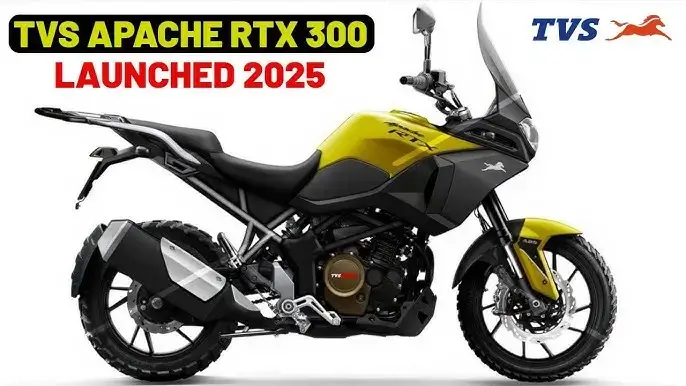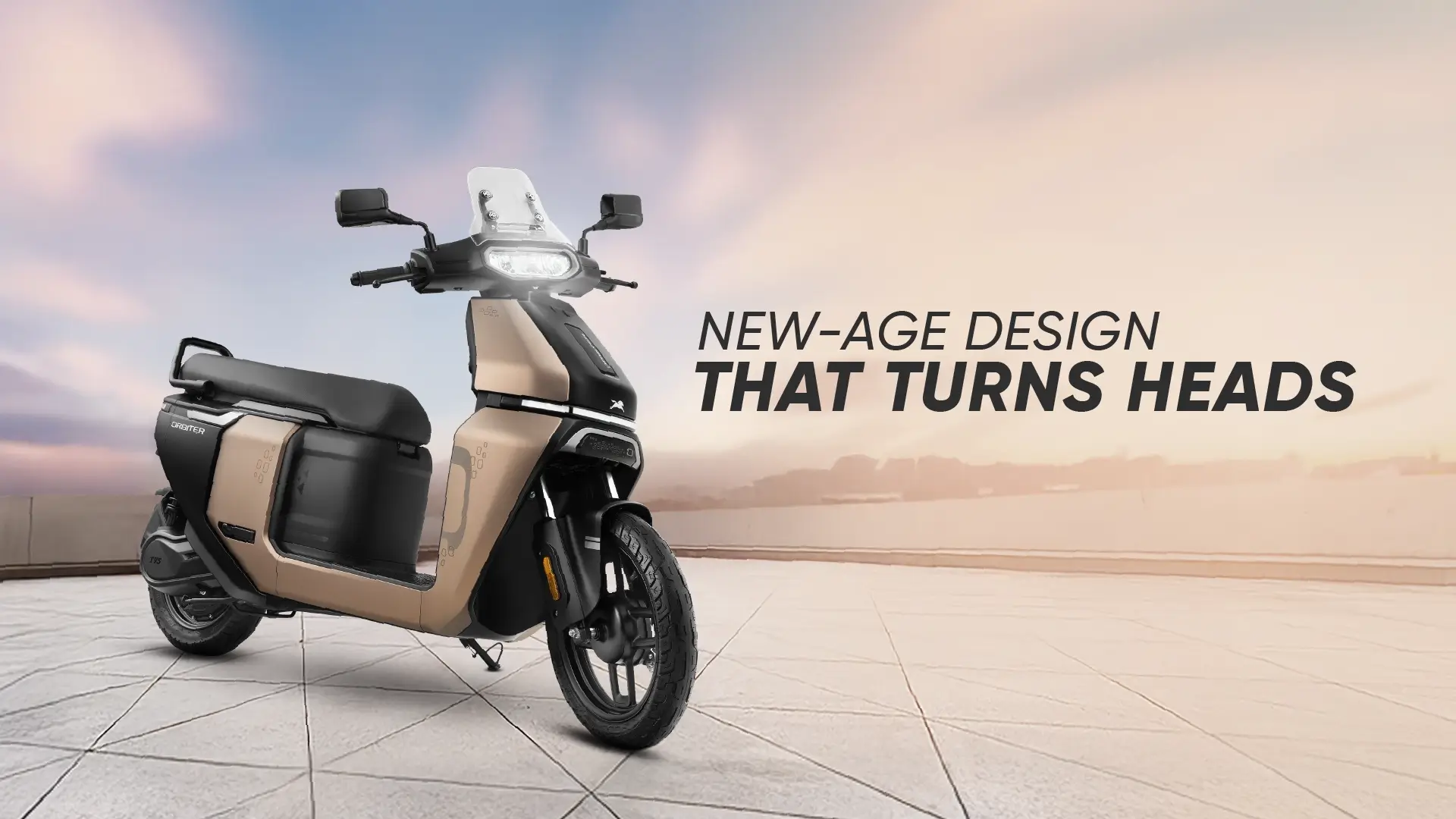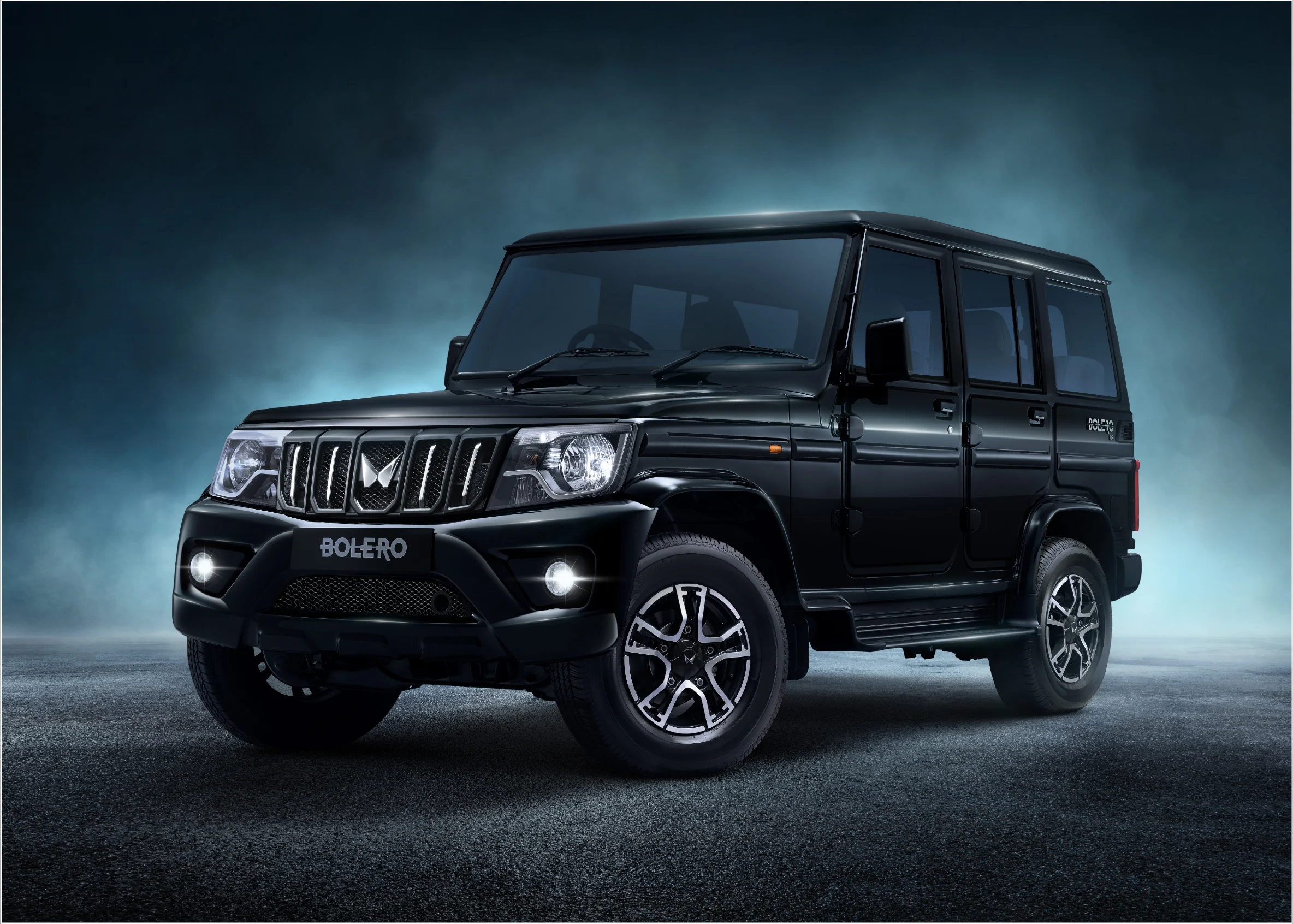Tata Motors vs Maruti Suzuki
.webp)
2 Jul 2025
Written by: BikeCarHub Editorial Team
Published on: 2th July 2025
Introduction
Choosing between Maruti Suzuki and Tata Motors in 2025 isn’t easy. Maruti remains a powerhouse of fuel efficiency, affordability, and resale value, while Tata is gaining attention with top-tier safety, bold designs, and a strong electric portfolio. Let’s dive deeper and find who offers the best value for money this year.
Brand Overview
.webp)
| Maruti Suzuki | Tata Motors |
|---|---|
|
|
.webp)
2025 Comparison Table
| Feature | Maruti Suzuki | Tata Motors |
|---|---|---|
| Price Range | ₹4.5–₹26 L ex-showroom (hatchbacks to SUVs) approx. | ₹5–₹28 L ex-showroom (hatchbacks to premium EVs/SUVs) approx. |
| Fuel Efficiency | Excellent: Swift up to 25.75 km/l, Dzire 25.7 km/l, CNG Swift 32.85 km/kg | Good: 14–20 km/l in ICE; EVs have zero fuel cost |
| Safety | Improving—dual airbags, ABS, ESC on top trims | Superior: Nexon, Punch, Curvv EV/ICE all rated 5-star GN / Bharat NCAP |
| Build Quality | Lightweight Heartect platform; average crash avoidance potential | Rigid body with 5-star crash architecture across many vehicles |
| Design | Practical, no-nonsense | Bold, youthful, futuristic |
| Technology | Functional; mild-hybrid, AGS, basic ADAS | Advanced: digital clusters, ventilated seats, 360° cam, connected EV tech |
| Service Network | Widest in India—quick turnaround, low spare costs | Growing network—still catching up, varies regionally |
| EV/Hybrid Portfolio | Grand Vitara Hybrid, Swift S-CNG, Fronx mild-hybrid | Nexon EV, Punch EV, Tigor EV, Harrier EV, Curvv EV, plus ICE/ICNG versions |
| Resale Value | Excellent; long-time leader | Improving quickly, especially EVs |
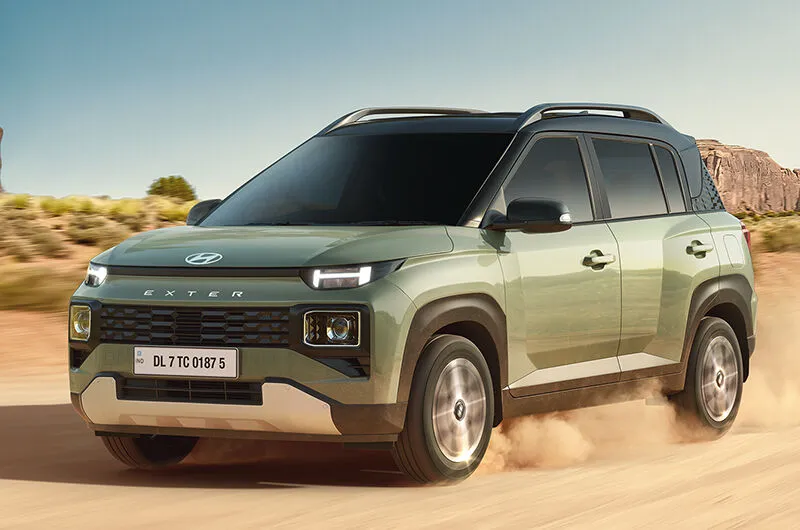
Safety
| Aspect | Tata Motors | Maruti Suzuki |
|---|---|---|
| Crash Test Ratings | Multiple 5-star Global NCAP & Bharat NCAP ratings (Nexon, Punch, Curvv ICE/EV) | Most models untested or 3-star; improvements ongoing in newer models |
| Child Occupant Safety | Consistently high (4-5 stars in most models) | Varies; some models improving but few top-tier ratings |
| Platform Strength | High-strength steel structures with crash-tested platforms | Heartect platform (lightweight, high-tensile steel) |
| In-House Crash Facility | Yes (since 1997) — Tata has its own crash-testing infrastructure | Relies on third-party testing (Global NCAP/Bharat NCAP) |
| Standard Safety Features | ABS, EBD, dual airbags, ESC, ISOFIX, 6 airbags in top trims | ABS, EBD, dual airbags, 6 airbags in some variants, ADAS (new models) |
| Advanced Safety Tech | ESC, TPMS, Hill Hold, 360° camera (in Curve, Harrier, Safari) | ADAS (on Grand Vitara, Fronx), ESC, Hill Hold, rear camera |
| Safety Philosophy | "Safety First" brand strategy with R&D focused on crashworthiness | Evolving focus on safety alongside efficiency and lightweight build |
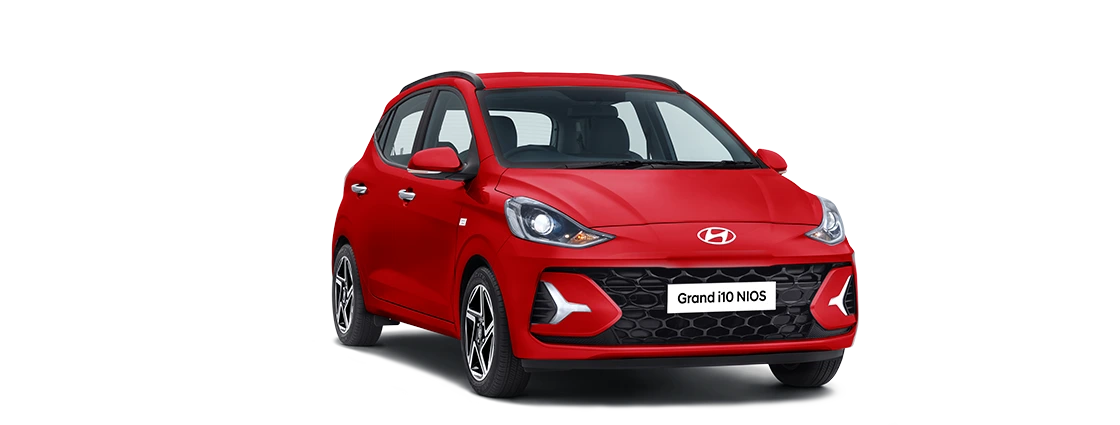
Maintenance & After-Sales
| Aspect | Maruti Suzuki | Tata Motors |
|---|---|---|
| Service Network Reach | Widest in India — 4,000+ service centers across urban & rural areas | Expanding steadily — 1,000+ service centers; limited presence in remote areas |
| Spare Parts Availability | Excellent — easily available even in tier-2/3 cities | Improving — some delays in rural/semi-urban areas |
| Repair Costs | Low — affordable parts and quicker turnaround times | Moderate — slightly higher costs for body repairs & EV components |
| Service Channels | ARENA (mainstream) & NEXA (premium) for consistent brand experience | Single brand showrooms with ICE + EV offerings |
| Digital/Connected Services | SmartPlay app, Service Booking, NEXA Loyalty Programs | Connected car tech + EV-specific apps for diagnostics & range monitoring |
| Customer Satisfaction | High — consistent rankings in JD Power surveys | Improving — better service quality in newer dealerships |
| EV Service Support | Limited EV models, early-stage support (Brezza EV launching soon) | Specialized EV service bays + connected app-based diagnosis |
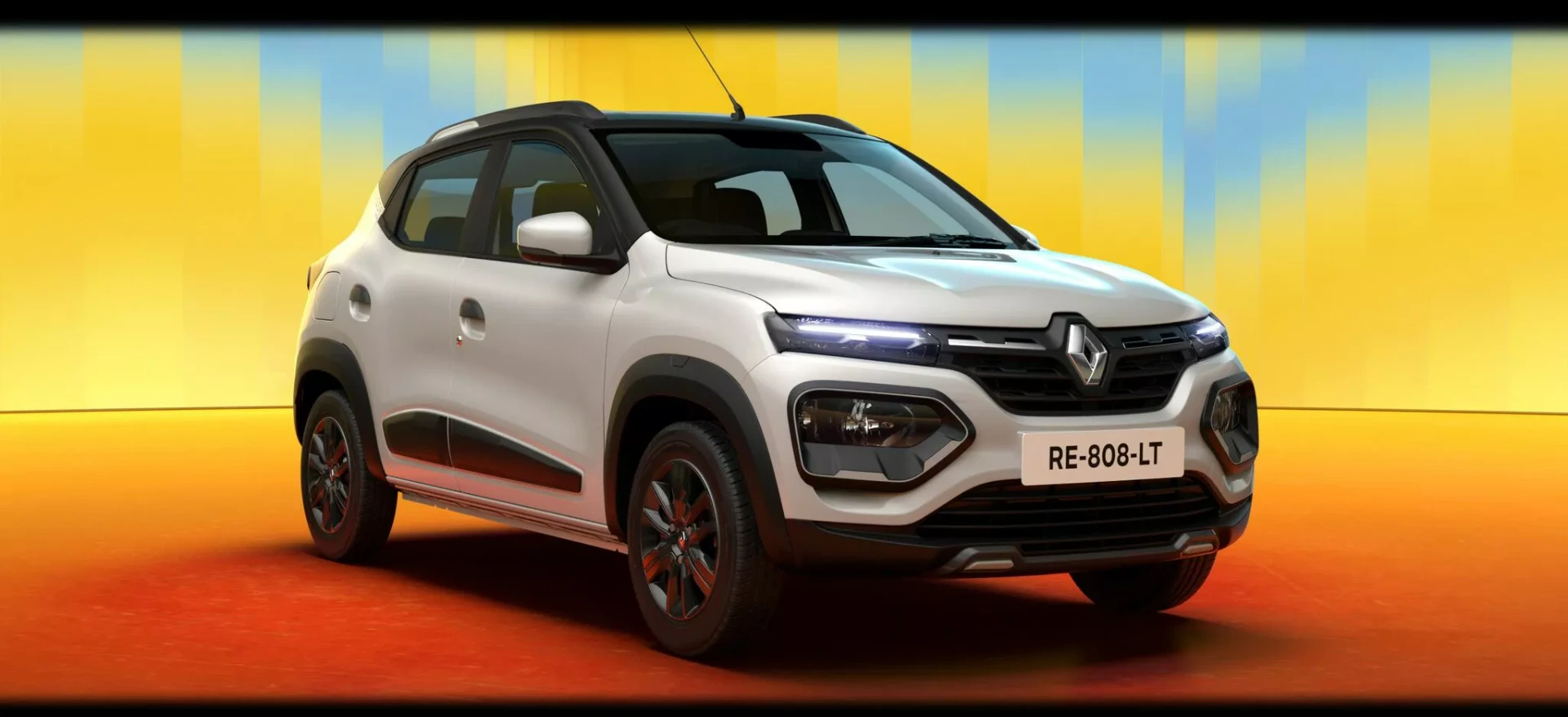
Popular 2025 Models
| Segment | Maruti Suzuki | Tata Motors |
|---|---|---|
| Hatchbacks | Alto K10, Swift, Baleno (Z12 Dual VVT, up to 25.75 km/l) | Tiago (4-star GNCAP), Altroz (5-star GNCAP) |
| Compact SUVs | Fronx, Brezza (Hybrid + Brezza EV upcoming) | Punch (5-star GNCAP), Nexon ICE/EV (5-star GNCAP + Bharat NCAP) |
| SUVs | Grand Vitara Hybrid, Jimny | Harrier, Safari (ICE + EV coming) |
| SUV Coupé | -- | Curvv EV/ICE (5-star rated) |
| Sedans | Dzire, Ciaz | Tigor |
| CNG Models | Swift S-CNG (32.85 km/kg) | -- |
| EV Models | Grand Vitara Hybrid, Brezza EV (upcoming) | Nexon EV (45 kWh, up to 489 km range), Punch EV, Tigor EV, Harrier EV, Curvv EV |
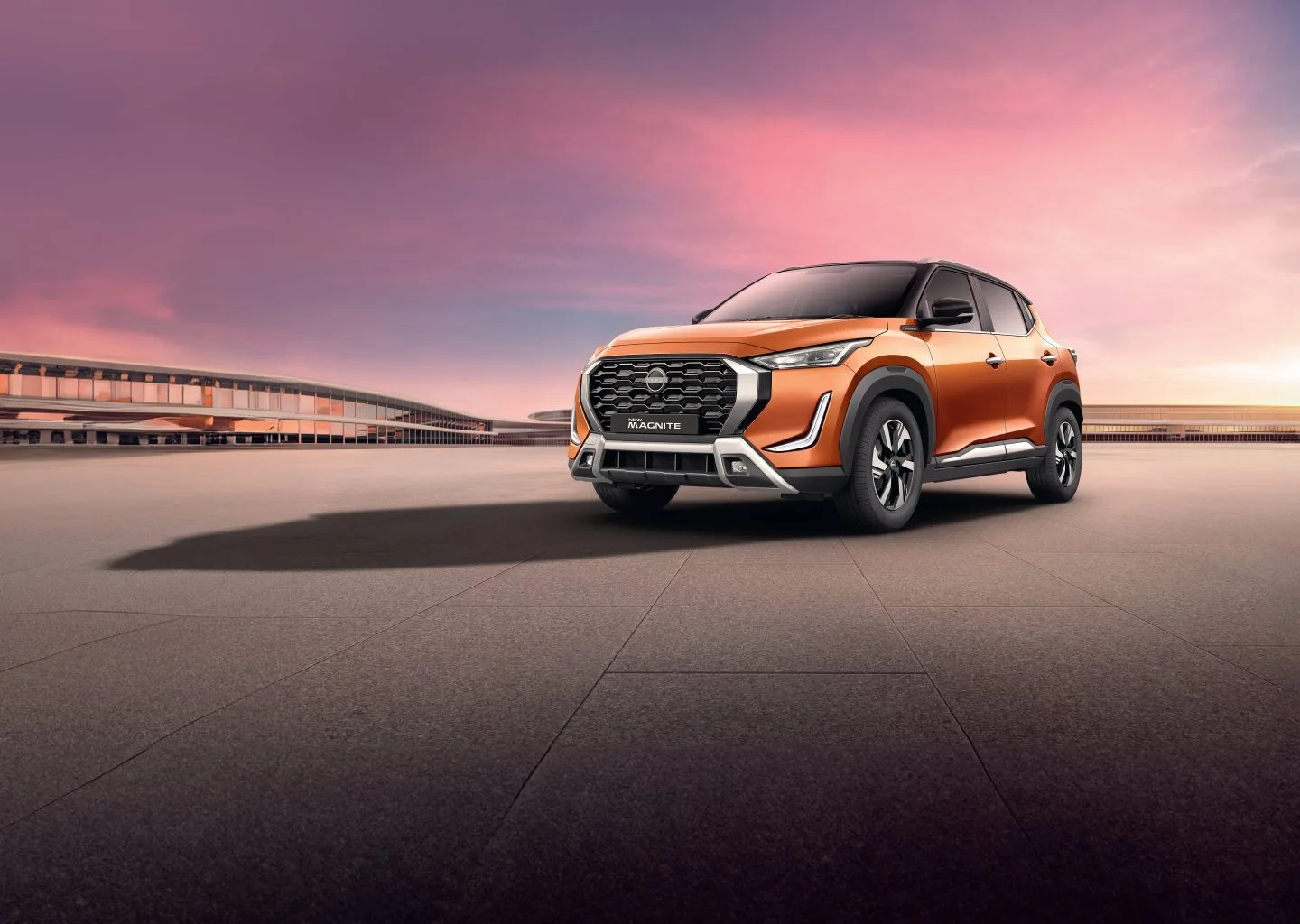
Hybrid & Electric Vehicle Types Explained
| Aspect | Mild-Hybrid (MHEV) | Strong/Full Hybrid (HEV) | Electric Vehicle (EV) |
|---|---|---|---|
| Main Power Source | Petrol/Diesel engine with small motor assist | Petrol engine + capable electric motor | Fully electric motor powered by battery |
| Can Drive on Electric Only? | ❌ No | ✅ Yes (short distances/speeds) | ✅ Yes (always electric) |
| Battery Size | Small (0.1-1 kWh) | Medium (1-2 kWh) | Large (20-100+ kWh) |
| Charging Method | No external charging (charges via braking/engine) | No external charging (self-charging via engine & braking) | Needs external charging (AC/DC charger) |
| Fuel Efficiency Boost | Slight (5-10%) | Significant (30-50%) | 100% electric, no fuel required |
| Popular Examples | Maruti Grand Vitara Smart Hybrid, Ciaz, XL6, Ertiga SHVS | Toyota Innova Hycross Hybrid, Honda City e:HEV, Toyota Camry Hybrid | Tata Nexon EV, MG ZS EV, Hyundai Kona EV, BYD Seal |
| Running Cost | Low | Very low | Lowest (₹0.9-1.2/km approx.) |
| Maintenance | Similar to petrol/diesel | Slightly higher than petrol | Lower (no oil, clutch, gearbox) |
| Initial Cost | Slightly higher than regular engine | ₹1-3L higher than petrol/diesel variants | Highest upfront cost |
| Range (Per Fuel/Charge) | 600-800 km (fuel tank) | 800-1000 km (combined fuel + battery) | 250-600+ km depending on battery size |
| Ideal For | Budget-conscious buyers who want better mileage | City & highway users who want fuel savings + silent driving | Green mobility adopters, daily city users, future-focused buyers |
.webp)
EV & Hybrid Showdown
Maruti
- Entered hybrids with Grand Vitara Hybrid; Fronx Hybrid; Swift mild-hybrid and CNG options
Tata
- Deep EV ecosystem with Ziptron tech: Nexon EV has 45 kWh battery, 106 kW motor, 489 km urban range with fast 1.2C charging
- Punch EV, Tigor EV, Harrier EV, Curvv EV—all electric platforms with connected features
.webp)
Final Verdict
| If you prefer... | Choose |
|---|---|
| Best fuel economy | Maruti Suzuki |
| Top highway safety | Tata Motors |
| Strong resale value | Maruti Suzuki |
| Futuristic design & features | Tata Motors |
| Affordable EV options | Tata Motors |
| Easy, affordable maintenance | Maruti Suzuki |
.webp)
Conclusion
In 2025, Maruti Suzuki continues to dominate with cost-effective ownership, high mileage, and reliable value. Meanwhile, Tata Motors is emerging strongly with safety leadership, cutting-edge design, and a compelling EV lineup.
Maruti Suzuki remains the ideal choice for:
- First-time family car buyers on a tight budget
- Those prioritizing low maintenance and strong resale
Tata Motors is the smarter pick if you:
- Want top-level safety for family highway trips
- Prefer future-ready EVs with modern tech
- Are drawn to bold styling and premium feel
FAQs: Maruti Suzuki vs Tata Motors
BikeCarHub always recommends taking a test drive of both vehicles to feel the difference yourself before making a purchase.
Check other brands here
Royal Enfield Motors Click Here!
For Suzuki Motors Click Here!
Check other Vehicles on BikeCarHub


